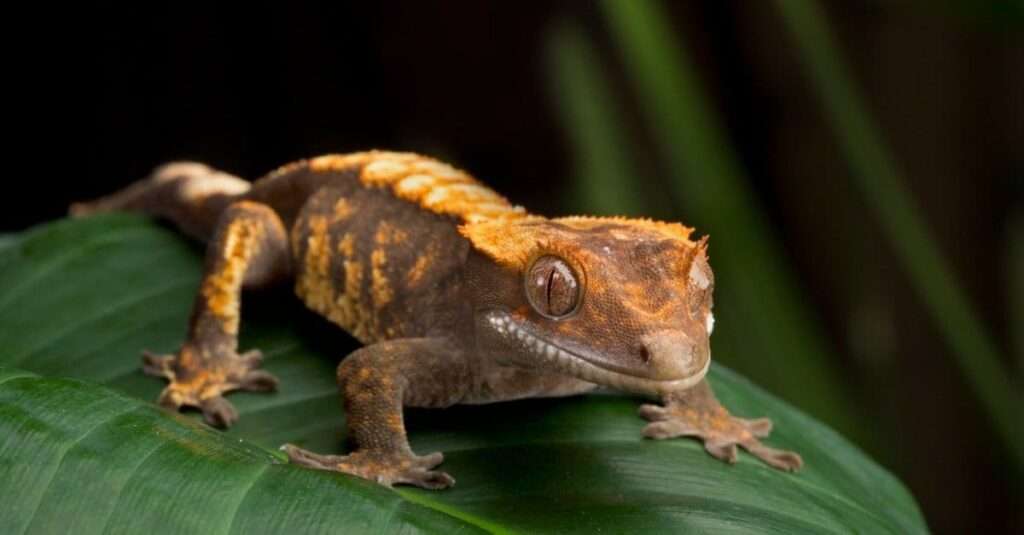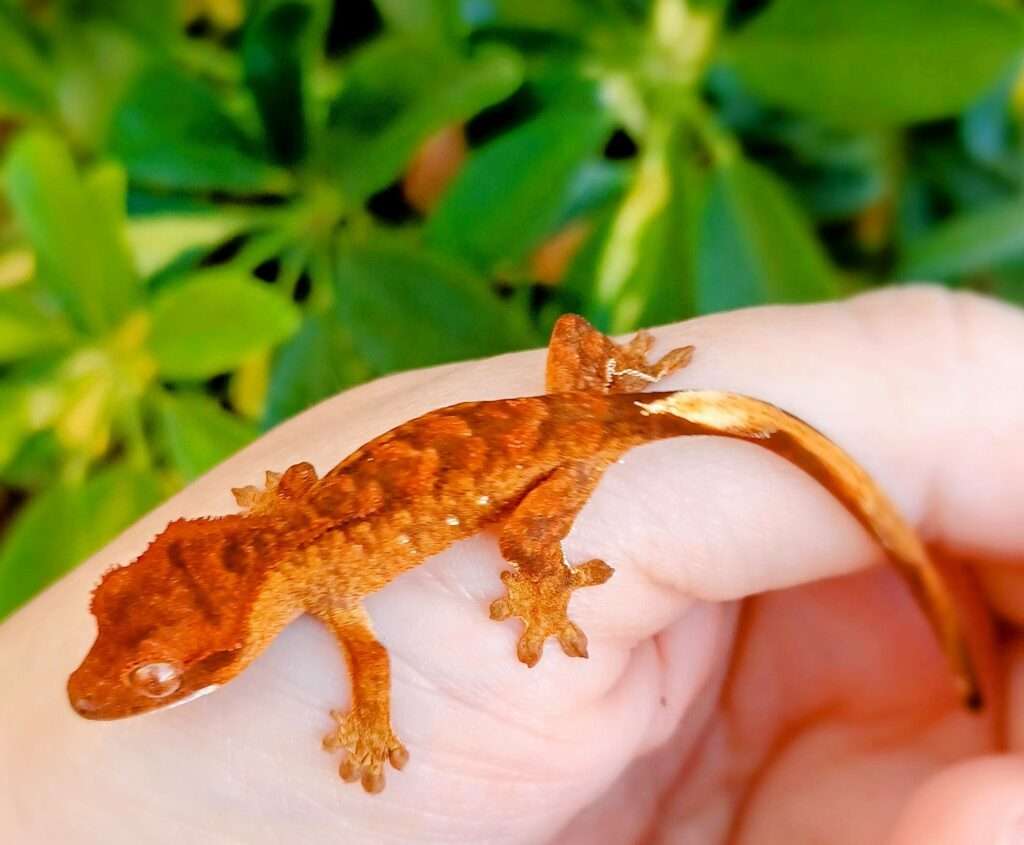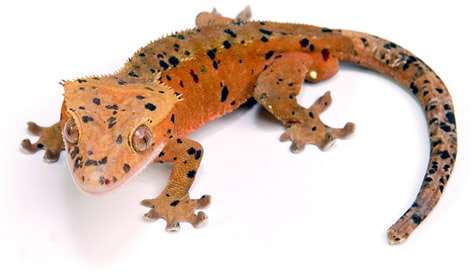
Description:
Scientific name: Nephrurus levis
Life span: About 10 years
Nephrurus levis is a native Australian gecko species sometimes known as the three-lined knob-tailed gecko, smooth knob-tailed gecko, or common knob-tailed gecko. a huge, triangular-shaped head on a sturdy, medium-sized gecko. It has a short, flattened tail that resembles a carrot and terminates in a knob. Its tail can be autotomized to deter predators, but because it has only one cleavage point at the base, unlike other lizards, it must give up its entire tail in the process. It possesses long, slender limbs with opposable, non-retractile claws on the outermost finger.
Native Region/Habitat
All states and territories on the Australian continent, with the exception of Victoria and the ACT, are home to smooth knob-tailed geckos. They are common throughout the state of South Australia, even in Adelaide’s far south. The smooth knob-tailed gecko inhabits a variety of environments, including spinifex-covered desserts, semiarid, arid, arid scrubs, open woodland, sand plains, and dune fields.
Behavior:
As a nocturnal, terrestrial species, N. levis naps throughout the day in independently built, totally protected earthen hideaways. These geckos can dig their own holes, but if none are available, they won’t hesitate to use an animal’s burrow. The knob-tail stalks hunt at night (most frequently after rain), in plains, and in or near spinifex or bushes. Compared to other geckos in the area, N. levis can withstand colder temperatures for longer periods of time; this adaptation gives the species a noticeable advantage when hunting at night because it is less influenced by colder temperatures. In the end, the gecko will be quicker and more agile than its “cold,” feeble, and fragile insect prey.
These geckos aren’t the slowest or the calmest reptile species, but they’re also not the fastest either; being able to catch insects is undoubtedly essential for life. When burrowing and significantly reducing their appetites during extremely cold spells, smooth knob-tailed geckos can stay protected for a longer amount of time.
Care As a pet/In captivity:

Housing: It is advisable to keep this species alone in an aquarium that is at least 7 to 10 gallons large. Your constructions should have a desert-like aspect. There should be damp areas in the cage so the animals may cool off and replenish their bodies. Their home should have the extras they need so they may engage in their preferred behaviors, such digging and hiding.
Lighting and Temperature: These reptiles are nocturnal, therefore they don’t require any exposure to the light cycle, not even for basking. Instead, they require a warmer or a heater that is compatible with an aquarium. It is recommended to place the warmer on just one side of the aquarium, maintaining the temperature at 87 to 89 degrees Fahrenheit.
Food and water: Cockroaches, crickets, ants, spiders, caterpillars, beetles, scorpions, and other insects are used to feed knob-tailed geckos. Because these reptiles often have a quick metabolism, caretakers feed them at least 4-5 times per week. Make sure the insects are properly nourished with vegetables prior to feeding them food, or at the very least, offer them these insects with commercially available nutrition. The common nutrients that this reptile lacks are calcium and vitamin D3, therefore you should focus on giving them more of those.
This reptile needs water in order to survive. You must routinely fill your pet’s tank with clean water to ensure that they are properly hydrated at all times. The Knob-tailed Geckos love to drink water from the surface by sliding their mouths across it, so you can also keep their skin moisturized by misting the edges of the tank or the sand with a tiny bit of water to make it moist.
Table





